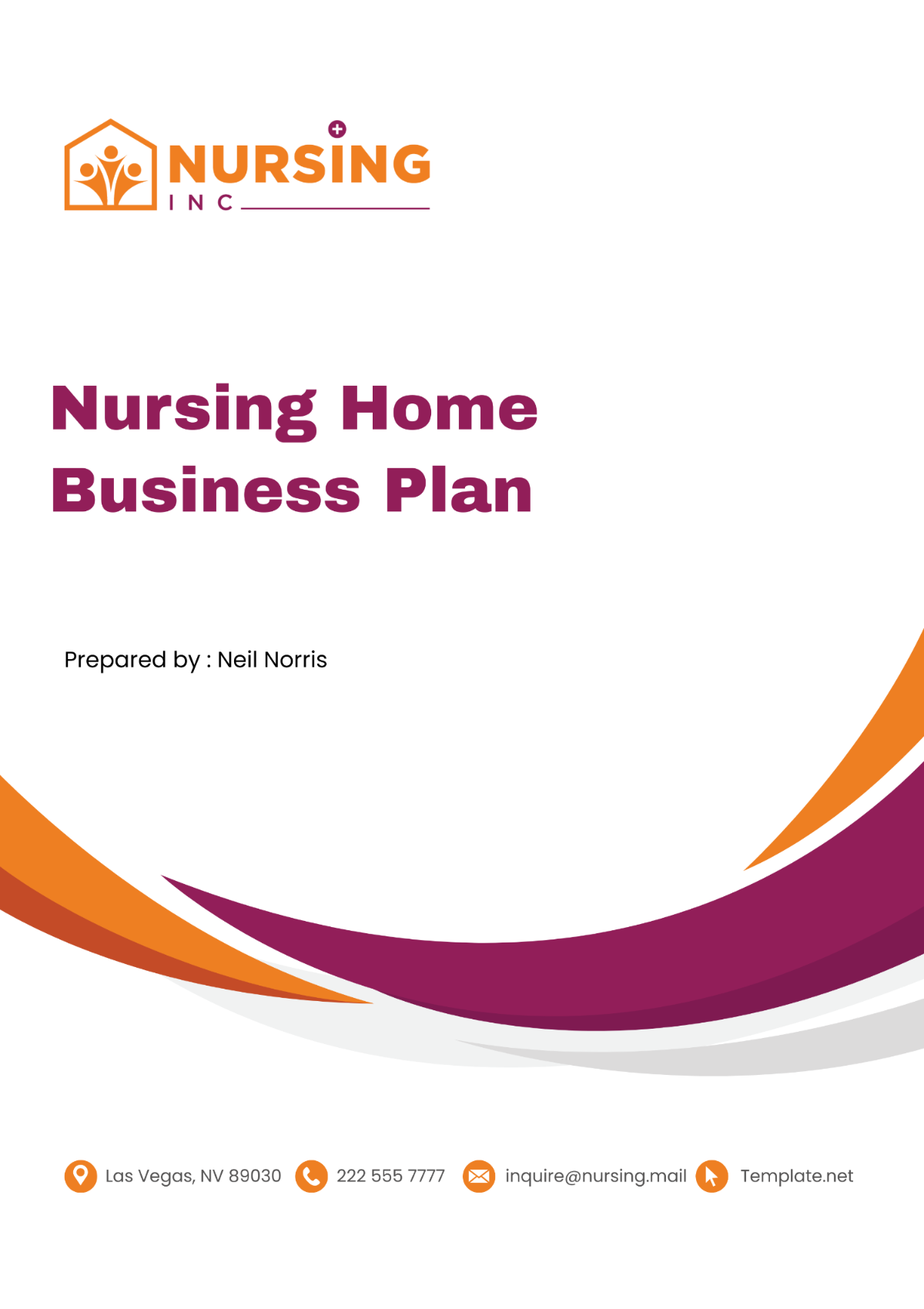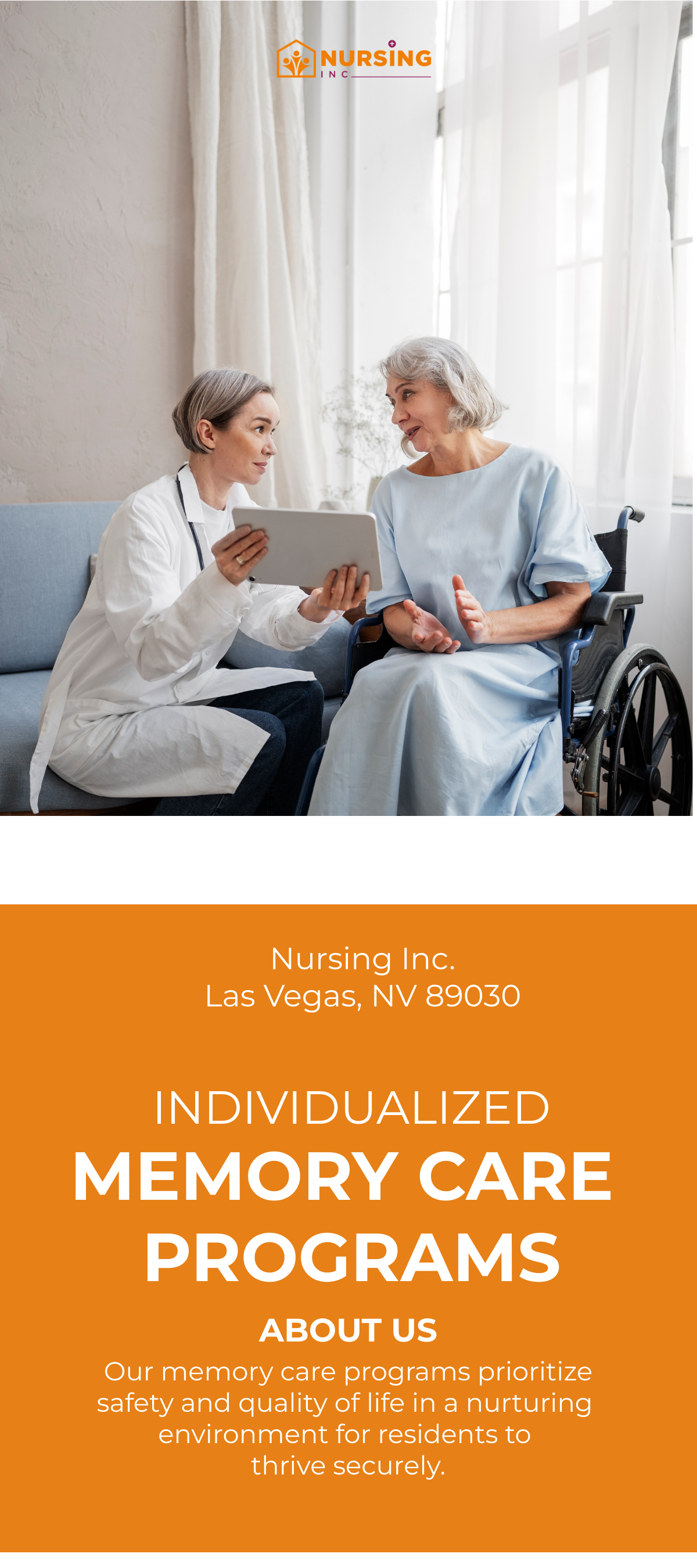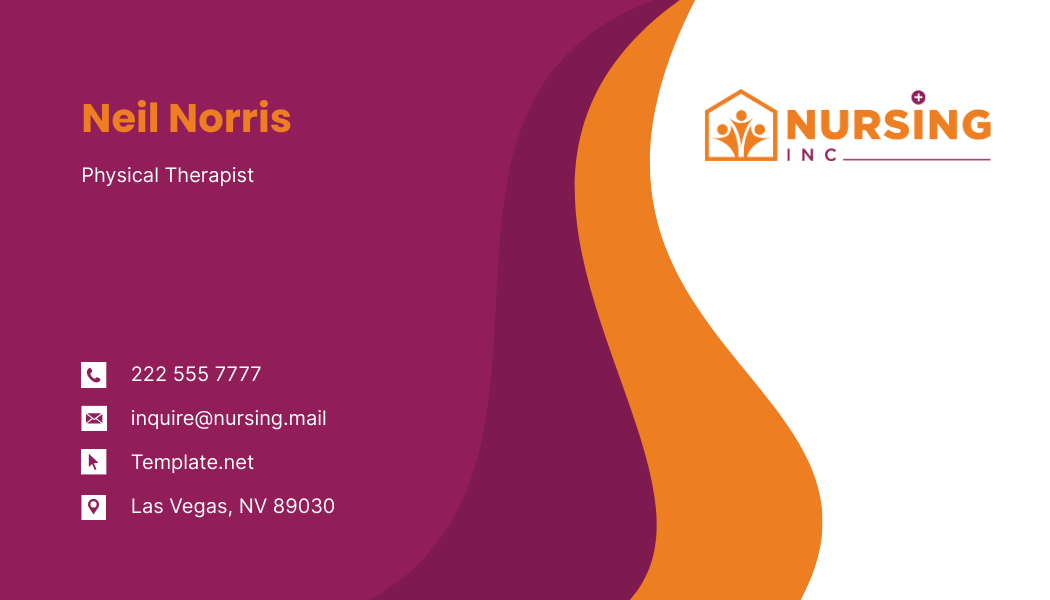Free Nursing Home Resident Evacuation Protocol Guide
Ensure resident safety during emergencies with this editable Nursing Home Resident Evacuation Protocol Guide Template available only here on Template.net! This customizable resource provides a flexible framework for developing resident evacuation protocols. Utilize the AI Editor Tool to tailor the guide to your specific needs ensuring a coordinated evacuation process!






























